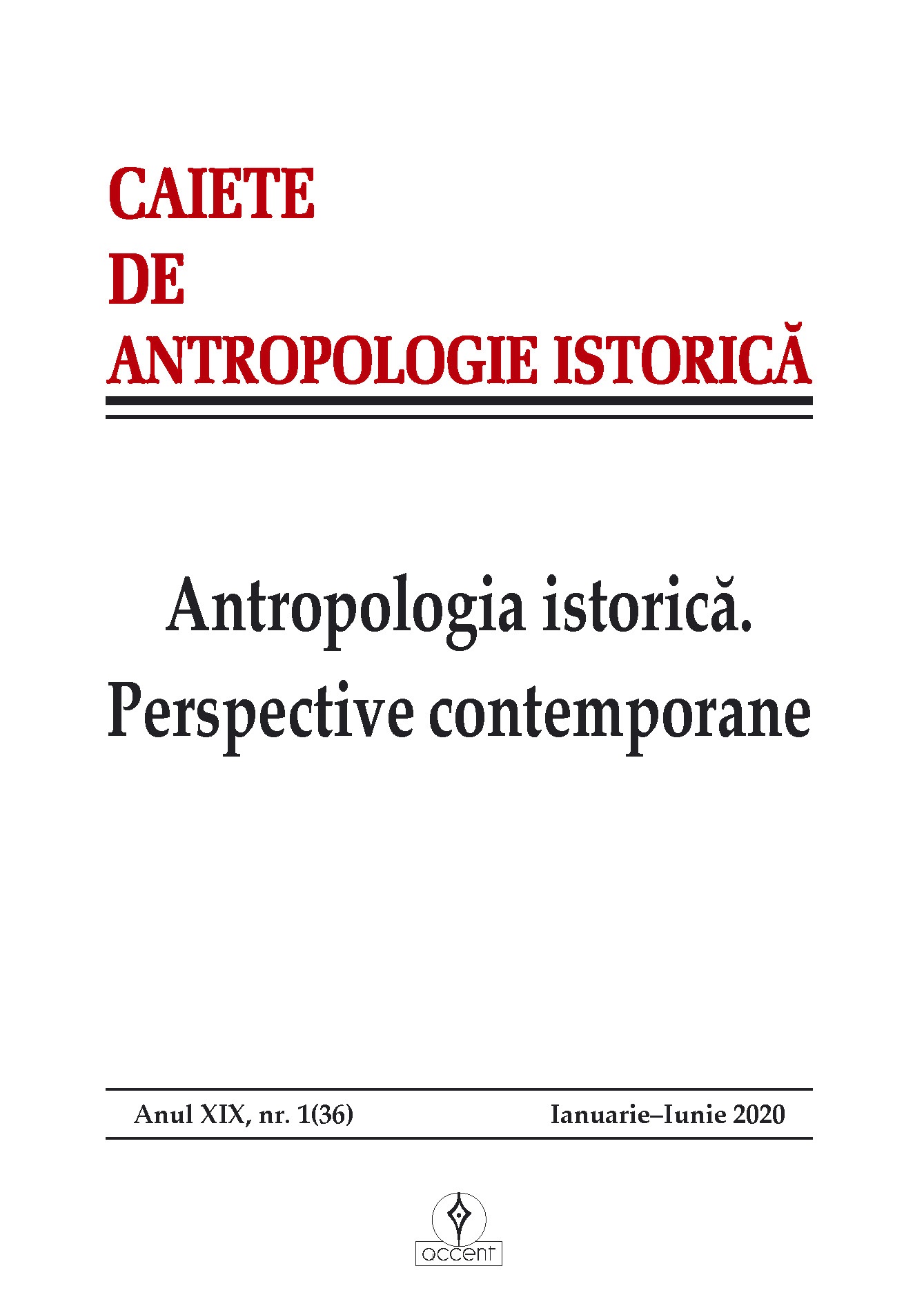Miturile de azi și dintotdeauna
Myths Today and Forever
Author(s): Simona NicoarăSubject(s): Cultural history, History of ideas, Cultural Anthropology / Ethnology
Published by: Accent Publisher
Keywords: historical anthropology; mythical consciousness; mythical memory; myths; mythologies; collective festivity;
Summary/Abstract: Historical anthropology is the study of the human beings in all their spatial and temporal contexts. Pursuing phenomena such as archetypes, symbols, mythical allegories, it aims to capture constant representations and perennial structures of the collective consciousness, which are fundamentally the same for all the people, in ancient and modern times, and for all the historical societies. The polemical debates of the last centuries, carried out in different cultural environments, have attempted either to claim the rights of the mythical imaginary or to curtail the study of myths and mythologies. Myths have been either ignored or included in an ambiguous rational explanation that mixes philosophical, sociological, biological, psychoanalytic hypotheses and methods which contradict each other. The main reason for the controversy among philosophers, ethno-sociologists, historians, etc. is the relationship between truth and myth. The historians and the mythologists have discovered that myths are related both to knowledge and morality. They promote key virtues since the mythological universe assembles themes such as the conflict between good and evil, nostalgia for origins, the exemplary model of sages and heroes. The myth was understood as a narrative full of lessons for all the members of the community. The myth has been the anthropological foundation (Gilbert Durand) on which the frail and incomplete memories of successive generations have built up. The myths represent a complex mental and cultural reality, which can only be approached from multiple and complementary perspectives. Mircea Eliade defined the myth as a sacred history, as the first instructor of humanity. Myths are a living memory that connects the generations and ensures solidarity with the past. The permanence of the myths is related to their fundamental components; archetypes, symbols, metaphors, allegories, expressive elements included in narratives, which grant them features such as polysemy and versatility. All the historical epochs were characterized by various mythological expressions, which materialized in different forms: literary (story, epics, legends, fairy tales, fables, etc.), religious (parables, parables, hagiographies), artistic (painting, architecture, sculpture), political (speeches, programs, ceremonies). The rituals and the celebrations were the most effective means of the collective expression of myths.
Journal: Caiete de Antropologie Istorică
- Issue Year: 2020
- Issue No: 36
- Page Range: 22-40
- Page Count: 21
- Language: Romanian

